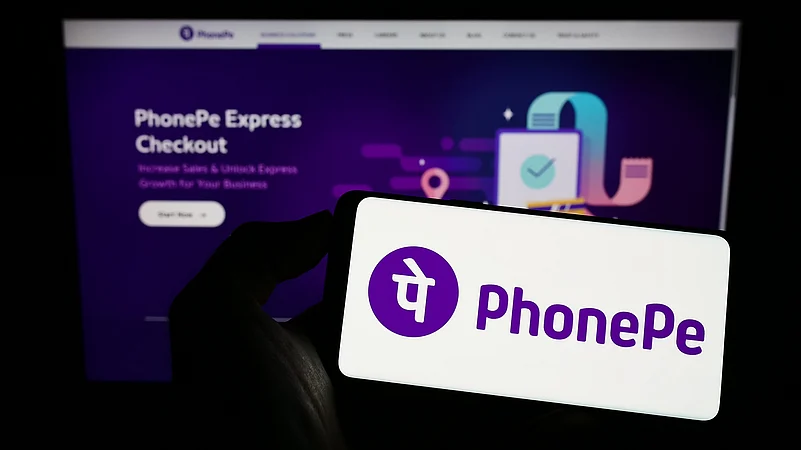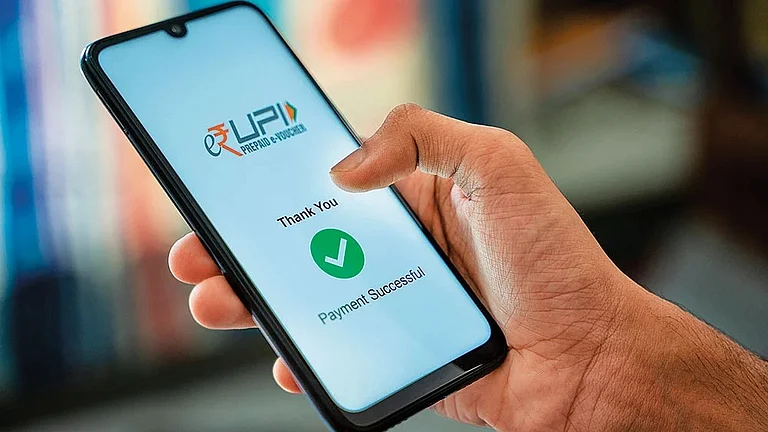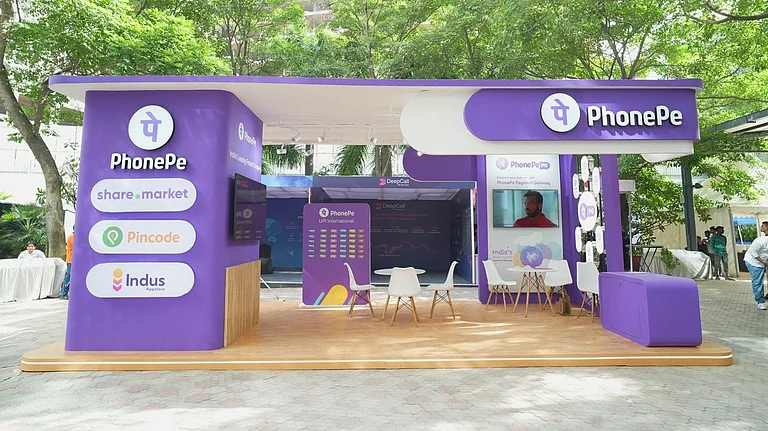
General Atlantic invests $600M secondary in PhonePe; valuation ≈ $14.5B
Deal raises GA stake to ~9%; proceeds mainly cover employee ESOP tax
PhonePe FY25 revenue ₹7,114.8 crore; UPI handled 8.9B September transactions
IPO preparation continues; regulatory UPI cap and diversification risks persist
US private-equity firm General Atlantic has invested $600 million in PhonePe in a fresh secondary transaction ahead of the company’s planned local listing early next year, according to The Economic Times report. The fresh capital infusion has valued the Walmart-backed fintech at about $14.5 billion.
The deal marks one of General Atlantic’s largest single-company bets in India and comes as PhonePe confidentially prepares IPO paperwork.The latest fundraise was neither used for the company not the founders – it largely helped employees meet ESOP tax obligations as PhonePe prepares for the ₹11,000-12,000 crore IPO (initial public offering).
The new capital, mostly secondary in nature, increases General Atlantic’s cumulative exposure to PhonePe to roughly $1.15 billion since 2023 and lifts its stake to about 9% from roughly 4.4%.
The timing of this deal highlights investor confidence in PhonePe’s dominant payments franchise even as the company accelerates its push into lending, insurance and wealth products.
What Makes This Structure Unique?
This money didn’t go to PhonePe for business use; instead, it was specifically used to cover the tax (TDS) that employees owe when they convert their stock options into shares. When employees exercise ESOPs, the difference between the option price and the stock market value is treated like extra income, which is taxed.
Companies are required to deduct tax on this amount under Section 192 of the Income Tax Act, which can be a big burden for employees. Since the tax must be paid immediately and employees often lack sufficient funds, the companies usually arrange financing to deposit the TDS. It is pertinent to note that employees only receive shares, not cash.
Similarly, in PhonePe’s case too, General Atlantic’s money was solely used to meet the TDS obligation and clean up the ESOP overhang before the IPO. This way, the company doesn’t need to issue new shares, so existing shareholders were not diluted, and it did not even have to dip into its own cash reserves.
The decision matters to the company at the time of public listing as it needs to show a strong balance sheet. Also, in such cases, industry experts told Mint that this fundraise process is faster as compared to the standard fundraise routine. They stated that the approach is new and is gaining traction among late-stage, IPO-bound start-ups.
However, in this structure, the key question remains how an existing investor can boost their ownership when the capital infusion is meant to help employees exercise ESOPs and cover TDS, rather than issue new shares.
Experts told the news publication that this can happen if the investor essentially acquires equity linked to the ESOP pool – either by purchasing employee stock options that later convert into fresh shares, or by subscribing to new shares with the clear understanding that the funds will be used to settle outstanding ESOPs.
How Is PhonePe Growing?
PhonePe reported operating revenue of ₹7,114.8 crore for FY25, up about 40% year-on-year, while consolidated net losses narrowed to ₹1,727.4 crore.
The company’s adjusted profits (excluding ESOP charges) have improved materially, and it finished FY25 with around ₹6,000 crore in cash reserves, a financial profile investors cite as supportive ahead of a large IPO.
PhonePe remains the dominant UPI player: NPCI and market-tracking reports show the app handled roughly 8.9 billion transactions in September 2025, representing about 45%–46% of monthly UPI volume, a position that both underpins monetisation opportunities and draws regulatory attention.
PhonePe’s dominant UPI position has attracted regulatory scrutiny: the RBI/NPCI-backed proposal to cap any single UPI app’s market share at 30% (now pushed out to end-2026) remains an overhang for market structure and competitive dynamics.
Separately, PhonePe’s ambitions beyond payments, into unsecured credit, insurance distribution and stockbroking, face operational, regulatory and margin pressures as the firm scales separate business units.
The fintech has filed its draft red herring prospectus (DRHP) with the market regulator Securities and Exchange Board of India (Sebi). It has chosen confidential route, which allows it to retail control over its sensitive financial and strategic information.
The Walmart-backed fintech player is preparing for a $1.5 billion IPO that could peg its valuation at roughly $15 billion. PhonePe is expected to launch its IPO on Indian bourses by early 2026.
The IPO will comprise both new shares issuance and an offer for sale (OFS). Of $1.5 billion, about 10% of the company’s equity will be offered for sale in the IPO. While majority shareholder Walmart is expected to retain most of its holding, investors like Tiger Global and General Atlantic may leverage the listing for partial exit.
Earlier reports confirmed that the Walmart-owned firm has appointed advisers, including Kotak Mahindra Capital, JP Morgan, Citi, and Morgan Stanley for the IPO.




























